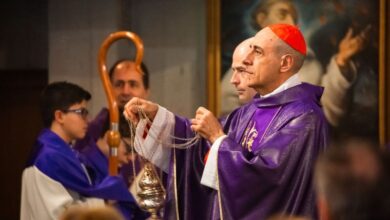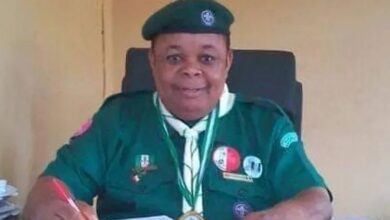Vatican fireworks: A 500-year-old tradition for the solemnity of Sts. Peter and Paul

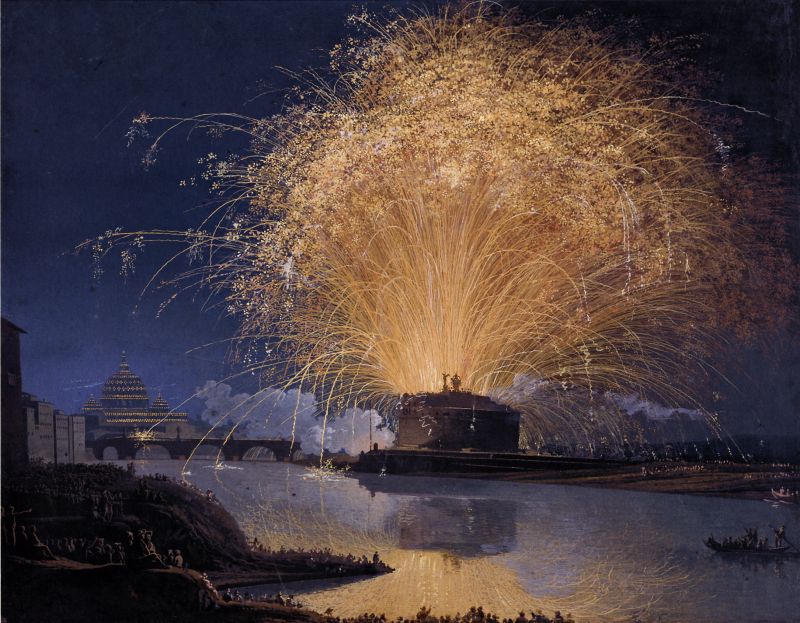 A 1775 painting of the fireworks over Castel Sant’Angelo in Rome, painted by Jakob Philipp Hackert. / Credit: Public Domain
A 1775 painting of the fireworks over Castel Sant’Angelo in Rome, painted by Jakob Philipp Hackert. / Credit: Public Domain Rome Newsroom, Jun 29, 2024 / 05:00 am (CNA).
For the past 500 years, the Vatican has celebrated the solemnity of Sts. Peter and Paul with a bang with a spectacular fireworks show influenced by Michelangelo and Gian Lorenzo Bernini.
While many associate fireworks with the Fourth of July, the Vatican had already been celebrating this week with fireworks for nearly 300 years at the time when Americans were signing the Declaration of Independence in 1776.
Each year on June 29, fireworks are launched from atop Castel Sant’Angelo, the papal fortress originally commissioned by Roman Emperor Hadrian, in celebration of the co-patron saints of Rome, St. Peter and St. Paul.
The fireworks show, called “The Girandola,” has captured the imagination of many artists over the centuries whose sketches and paintings illustrate the event with more pizzazz than the myriad of iPhone photos of fireworks today.
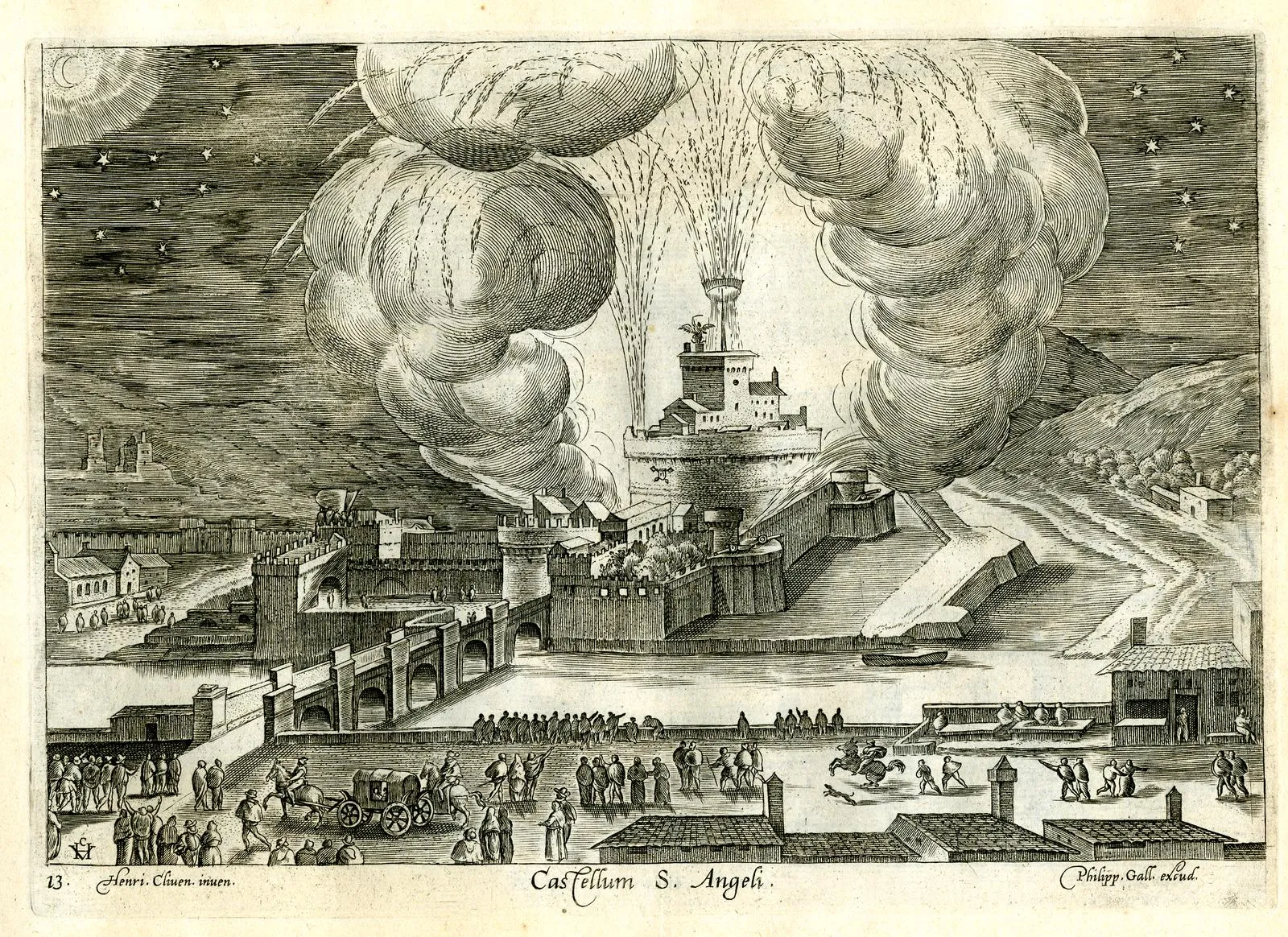
The Metropolitan Museum of Art (MET) in New York has multiple images of the Vatican fireworks in its collection, including a 1579 etching by Giovanni Ambrogio Brambilla of Castel Sant’Angelo bursting with flames at every level as a crowd looks on from the relative safety of the other side of the Tiber River.
According to Rome-based art historian Elizabeth Lev, the Girandola fireworks display dates back to the pope who built the Sistine Chapel and opened the Capitoline Museums, Pope Sixtus IV, Francesco della Rovere.
“In 1481 he decided to give the Romans a theatrical display of lights and sound that would rival the other great cities of Italy — Venice and Florence,” Lev told CNA.
Pope Julius II continued the tradition in the early 16th century. His papal master of ceremonies, Paride di Gassis, described the fireworks display, saying it looked as “if the sky itself was tumbling down.”
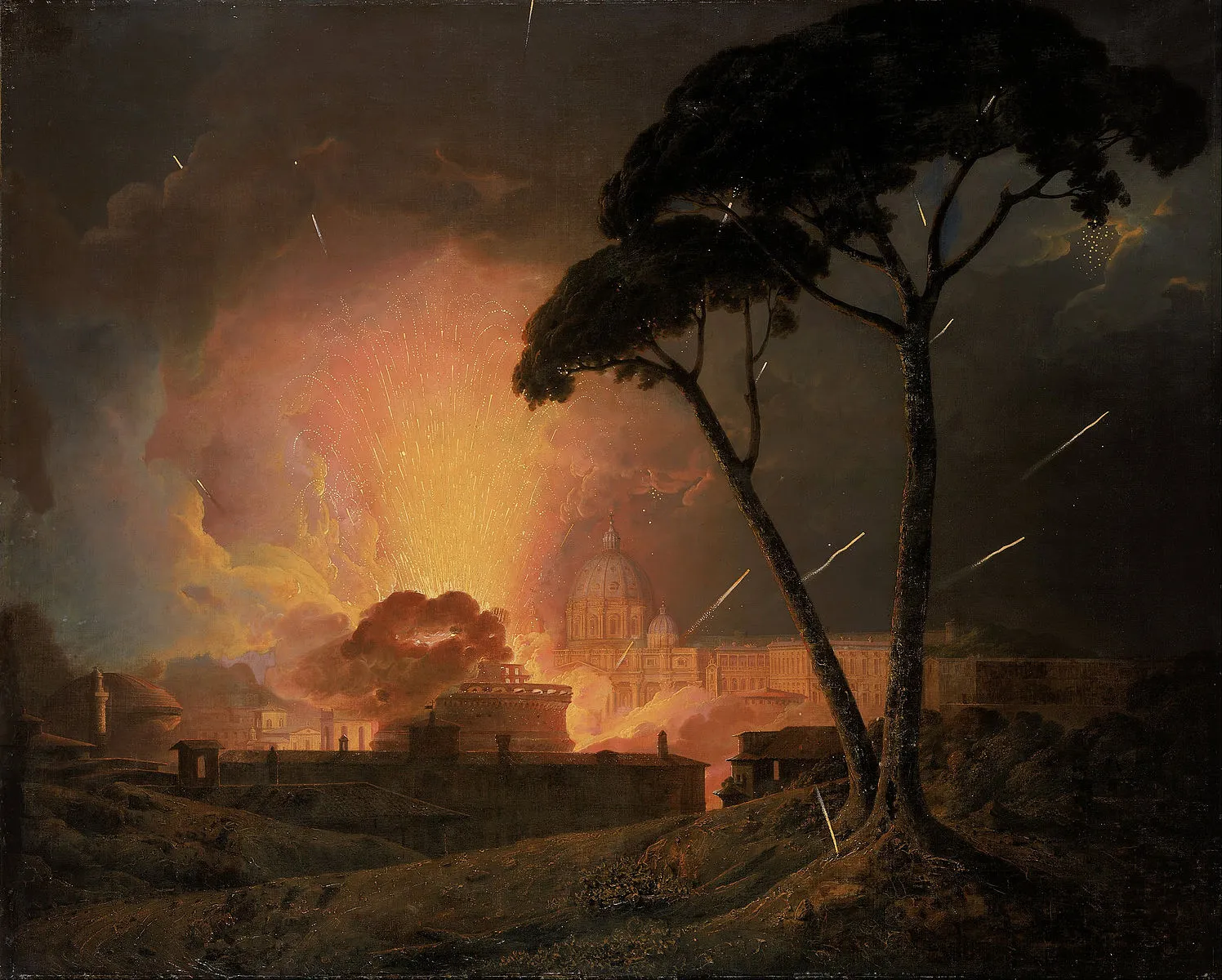
While there are competing theories as to the extent and dates of Michelangelo’s participation in the fireworks display, Lev points to the publication of one of the first printed books on metallurgy in Europe, “De La Pirotechnia,” written by Vannoccio Biringuccio in 1536, which gave us the terms “Roman candle” and “Catherine Wheel” still used for fireworks today.
“At that time, Pope Paul III was living in the Castel Sant’Angelo, Michelangelo was working on the Last Judgment and myriad other assignments. The last chapter of ‘De La Pirotechnia’ discusses fireworks, and it would make sense to pair the famous technician with Michelangelo, who had … embraced his talents as a painter as the consultant for color and effects,” she said.
“The culmination with the 4,000 to 6,000 rockets creating a fountain of fire sounds like the kind of effect Michelangelo would have enjoyed, although we have no words from him on the subject nor drawings of projected displays.”
According to the MET, the Vatican held the fireworks show each year in celebration of Easter, the solemnity of Sts. Peter and Paul, and whenever a new pope was elected.
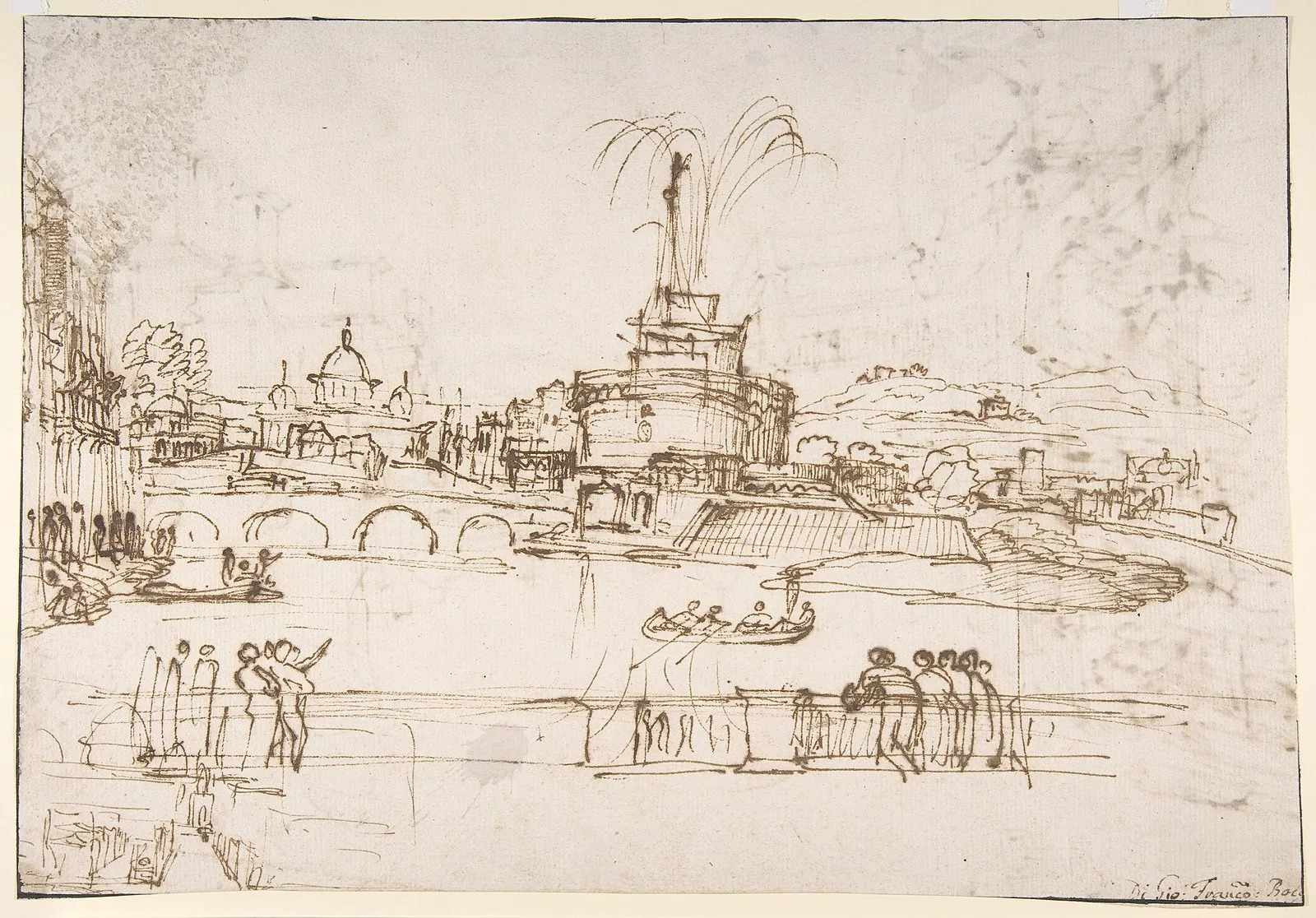
The great Baroque sculptor Gian Lorenzo Bernini, who gave us the fountains in Piazza Navona, the baldacchino in St. Peter’s Basilica, and the sculpture of St. Teresa in Ecstasy, also designed fireworks in his spare time.
“A producer of plays amid his many other activities, Bernini loved the movement that fire, water, light, and air could bring to art,” Lev said.
Bernini designed fireworks in 1641 inspired by the eruption of the Stromboli volcano off the north coast of Sicily, indicating the number of rockets and colors that would achieve the best effect, she explained.
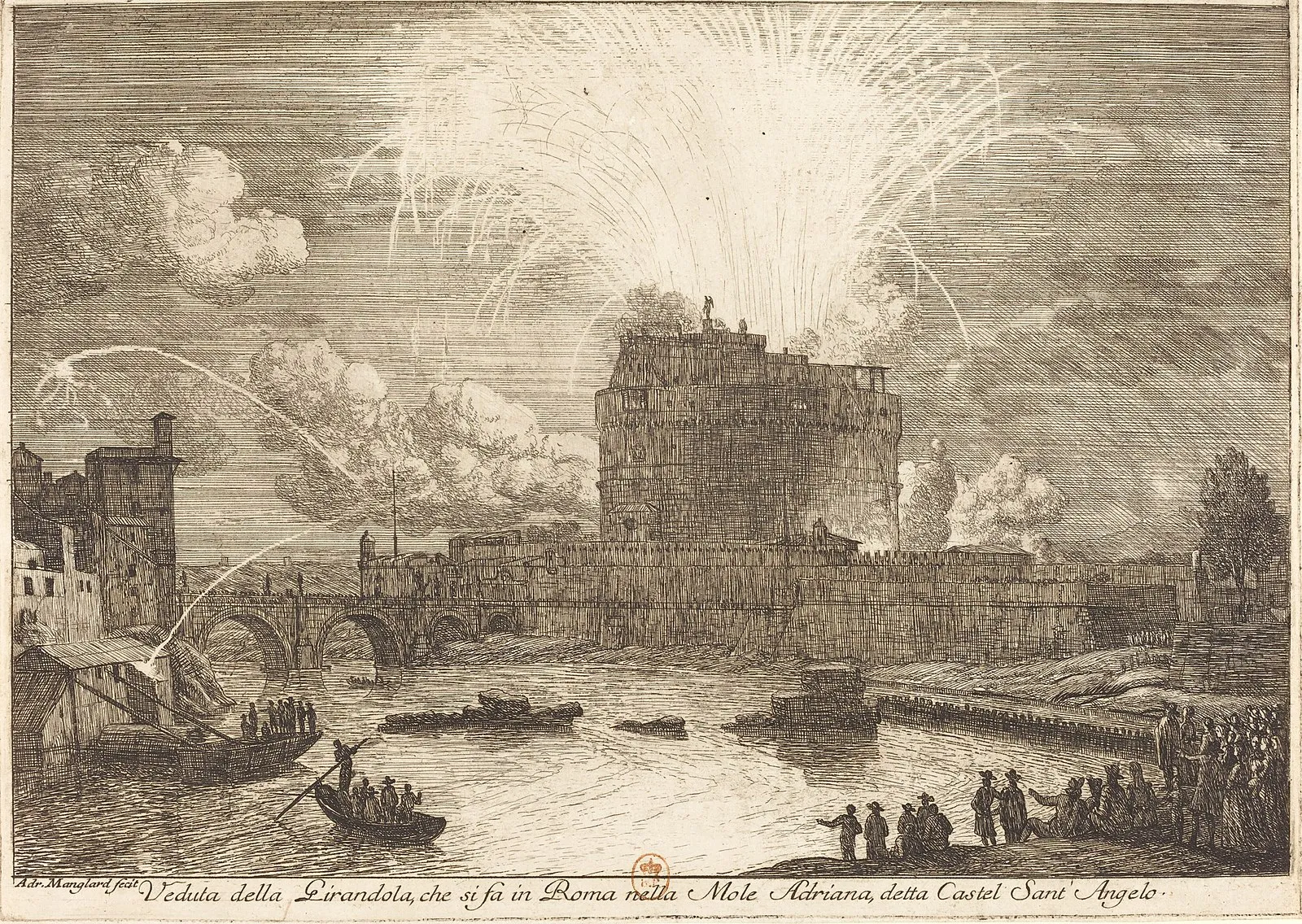
“With his fiery personality and passionate love for dramatic effects, it would be safe to say that the Girandola was made for Bernini and Bernini was made for the Girnadola,” Lev added.
Charles Dickens later witnessed the Vatican fireworks show during his 1844–45 visit to Italy in which he stayed in Rome during Holy Week.
Dickens described the “great display of fireworks from Castle of St. Angelo” in his 1846 book “Pictures from Italy.”
“The show began with a tremendous discharge of cannon; and then, for 20 minutes or half an hour, the whole castle was one incessant sheet of fire, and labyrinth of blazing wheels of every color, size, and speed: while rockets streamed into the sky, not by ones or twos, or scores, but hundreds at a time,” he wrote.
“The concluding burst — the Girandola — was like the blowing up into the air of the whole massive castle, without smoke or dust,” Dickens said.

The Roman tradition continued through the end of the 19th century, when it was decided to suspend it due to extensive damage done to the historic rooms within Castel Sant’Angelo. However, the fireworks show was revived in 2008 and now lights up the Eternal City each year as it celebrates its patron saints.
The firework show will take place this year at 9:30 p.m. on June 29 and will last about 20 minutes to conclude a day of festivities, prayers, and processions in Rome.



